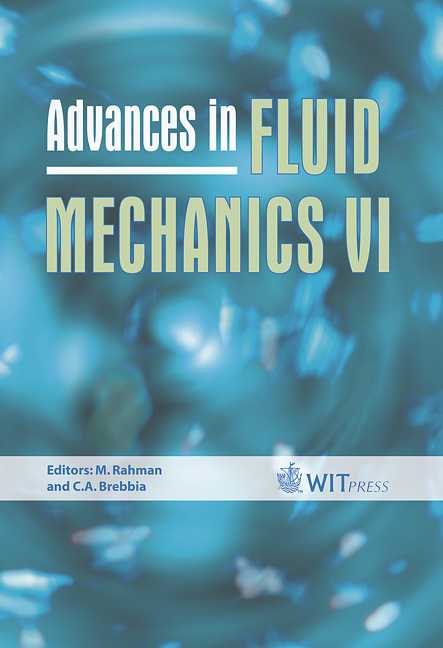Hydro-power Plant Equipped With Pelton Turbines: Basic Experiments Relating To The Influence Of Backpressure On The Design
Price
Free (open access)
Transaction
Volume
52
Pages
10
Published
2006
Size
2,828 kb
Paper DOI
10.2495/AFM060511
Copyright
WIT Press
Author(s)
A. Arch & D. Mayr
Abstract
Free-jet turbines working under backpressure conditions represent an economical alternative to conventional hydro-electric plant configurations. However, the air introduced into the tailwater generates an air/water mixture. Its reaction to a rising ambient pressure is at present being studied at the above Institute. This report deals with the effect an increase in ambient pressure has on the volume and consistency of the two-phase mixture and the rise velocity of air bubble swarms. In addition, a test set-up is described which was used to study the physical reaction of the water/air mixture to a change in ambient pressure conditions. The results and their effects on the configuration of free-jet turbines working under backpressure are discussed. Keywords: air/water mixture, Pelton turbines, backpressure, bubble rise velocity. 1 Introduction Recent developments have shown that multiple-jet Pelton turbines working under backpressure conditions in hydro-electric power plants may be an adequate choice in the case of (1) major tailwater-level oscillations, (2) full turbine operation between 0 and 100% being required without any major efficiency loss, and (3) the need to reduce the difference in turbine and pump levels to minimise construction cost. Figure 1 is a section through the typical arrangement of a vertical-shaft backpressure Pelton turbine. As the jets emerging from the Pelton bucket hit the water surface in the tailrace channel, air is entrained and carried along into the
Keywords
air/water mixture, Pelton turbines, backpressure, bubble rise velocity.





